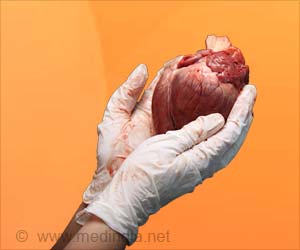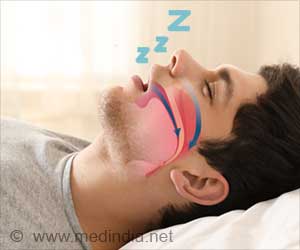Scientists at the German Cancer Research Center have reconstructed a three-dimensional vascular system made of human endothelial cells in mice.
A three-dimensional vascular system composed of human endothelial cells has been reconstructed in mice by scientists at the German Cancer Research Center The researchers say this will help them understand how tumors grow from these cells.
Headed by Professor Hellmut Augustin, the researchers developed a method to create this 3-D vascular system that can stay functional even after several months on the basis of the observation that isolated cells of the vessel walls, called endothelial cells, accumulate spontaneously in cell cultures to form aggregates known as spheroids."Individual endothelial cells floating in suspension are doomed to die - the association in spheroids stabilizes them," said Augustin.
The researchers Abdullah Alajati and Anna Laib successfully injected such spheroids, embedded in a gel matrix, under the skin of mice and stimulated the formation of a network of human blood vessels through growth factors. The mice were genetically modified so that their immune system could not reject the foreign cells.
"The newly formed blood vessels are made exclusively of human endothelial cells. At the matrix borders the human endothelial cells establish contact with those of the mouse. In this way, the transplanted human vasculature gets connected to the blood circulation of the mouse," explained Anna Laib.
The method would enable the scientists to genetically manipulate the endothelial cells before transplantation to probe the formation of vascular networks.
"The method is even interesting for the production of artificial tissues. So far, one difficulty with the use of artificial replacement tissues has been to create a functioning vascular system that sufficiently supplies the tissue constructs," said Hellmut Augustin.
Advertisement
RAS/K





